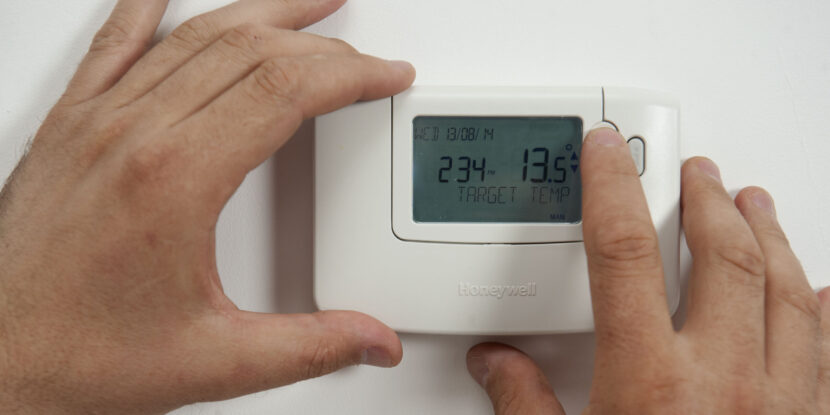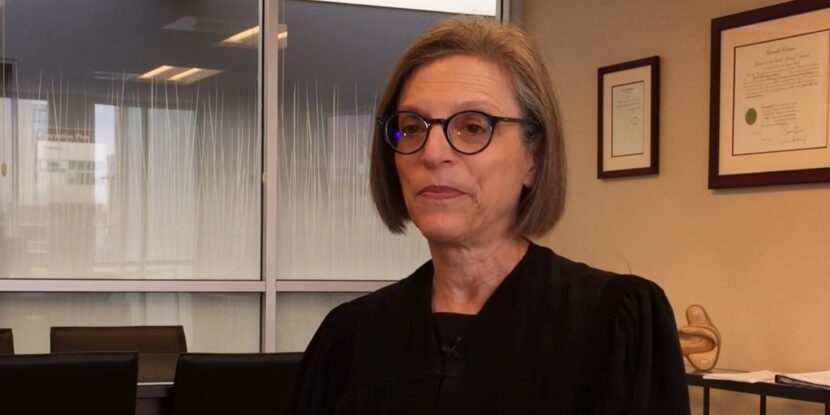❓WHAT HAPPENED: A bill allowing utility firms to adjust customers’ thermostats during peak demand times is under consideration in Ohio.
👤WHO WAS INVOLVED: Republican state Rep. Roy Klopfenstein introduced the bill, with backing from environmental groups.
📍WHEN & WHERE: The bill was introduced in late August and referred to the Ohio House Energy Committee last month.
💬KEY QUOTE: “Demand response programs have proven to be a vital tool for our large commercial users,” said Rep. Klopfenstein.
🎯IMPACT: The bill aims to improve grid reliability and reduce costs, with potential savings of up to $104 million.
Ohio’s House Bill 427, introduced by Republican State Rep. Roy Klopfenstein, aims to overhaul energy regulations by allowing utility firms to adjust customers’ energy use, such as turning down their thermostats during peak times. For now, the scheme is intended to be voluntary, with payments offered to customers who sign up—but skeptics fear it could pave the way for compulsory remote control of people’s energy use in the service of green agenda policies.
“This legislation is a crucial step in our state’s comprehensive plan to ensure all Ohioans have access to reliable, affordable, and readily available energy,” insists state Representative Roy Klopfenstein, the Republican lawmaker who introduced the bill.
Environmental groups, like the Ohio Environmental Council, back the bill, citing potential savings and grid improvements. The council’s managing director for energy policy, Nolan Rutschilling, claims, “This legislation allows utilities and retail energy providers to establish programs that save customers money.” However, such promises of savings fail to fully address concerns about handing over control, voluntary or not, of householders’ energy use, especially if an opt-in pilot lays the groundwork for a compulsory program.
If passed, the program could launch within two years, with a review by the state’s public utility commission after three. Democrat-governed Arizona and Connecticut are already looking to test similar demand-response programs.
Ohio has introduced a new bill that would allow utility companies to automatically adjust customer thermostats in order to reduce load on the power grid “during periods of high demand”. pic.twitter.com/mBzO3jFDqn
— unusual_whales (@unusual_whales) October 5, 2025
Join Pulse+ to comment below, and receive exclusive e-mail analyses.



















